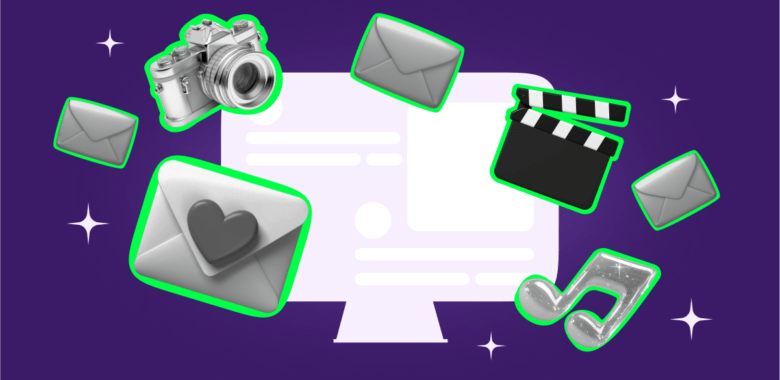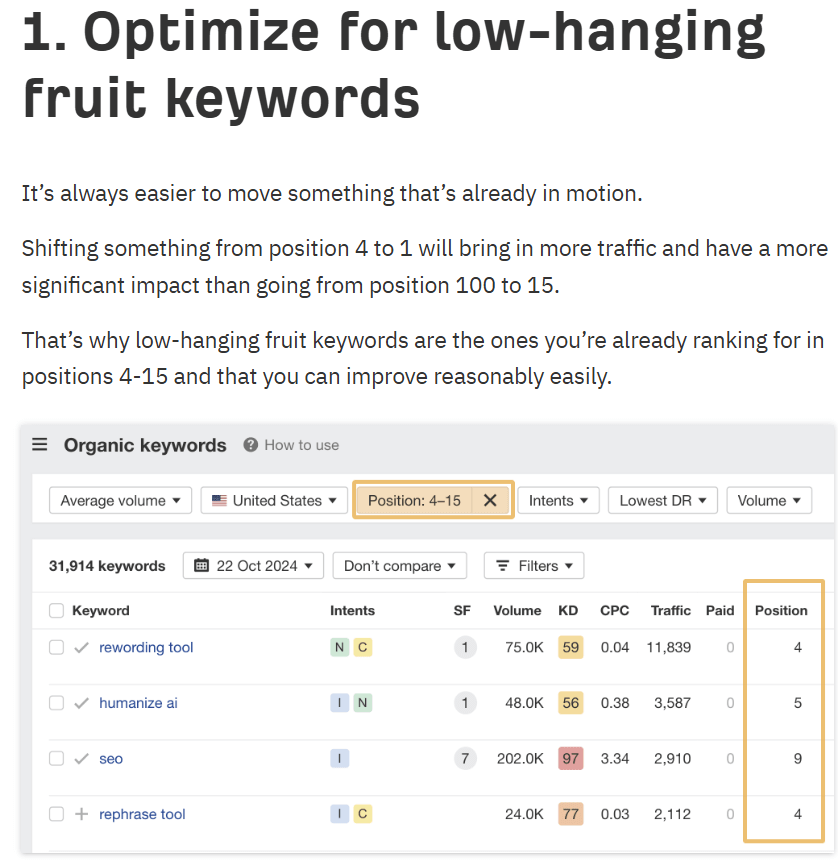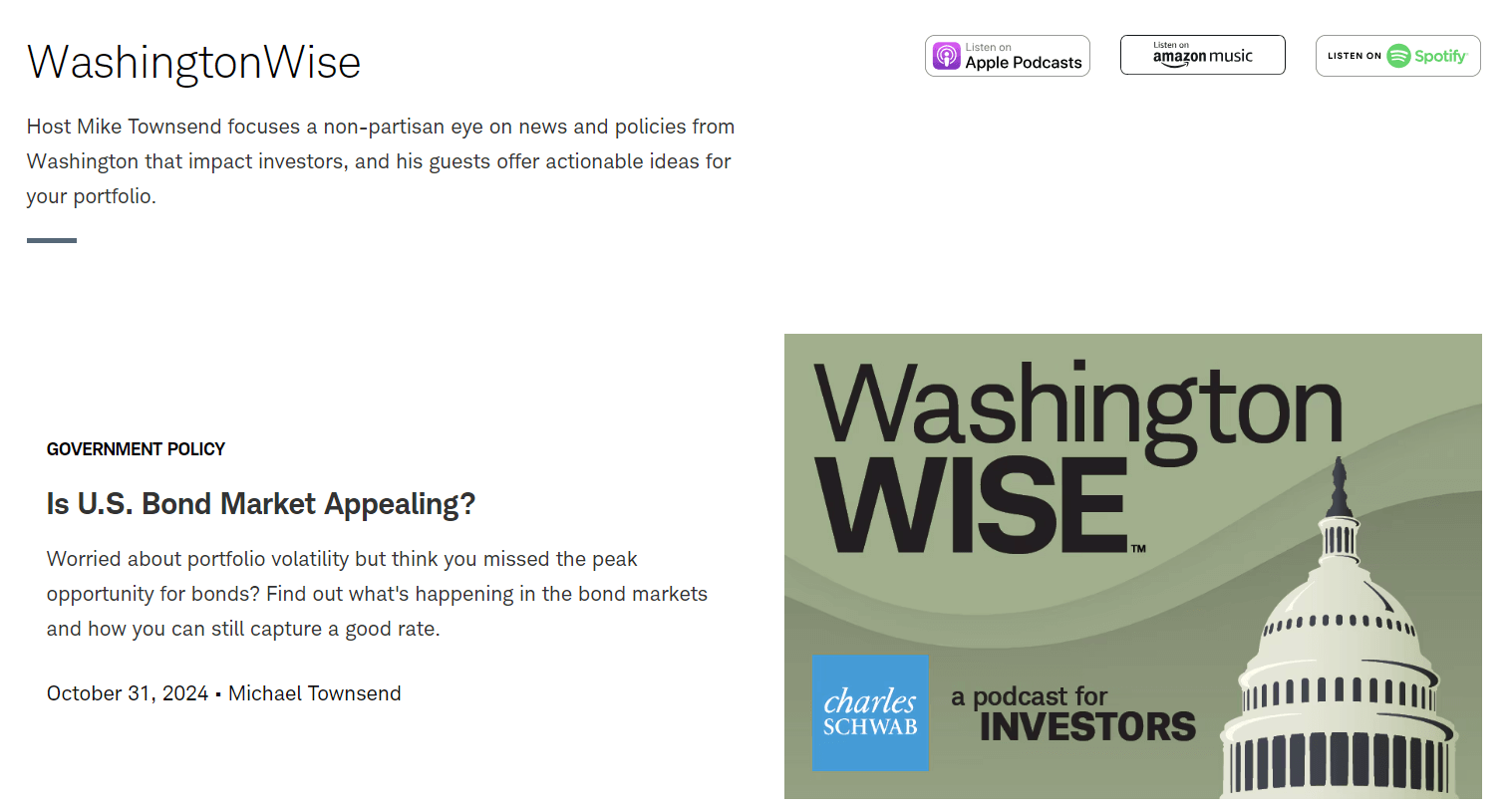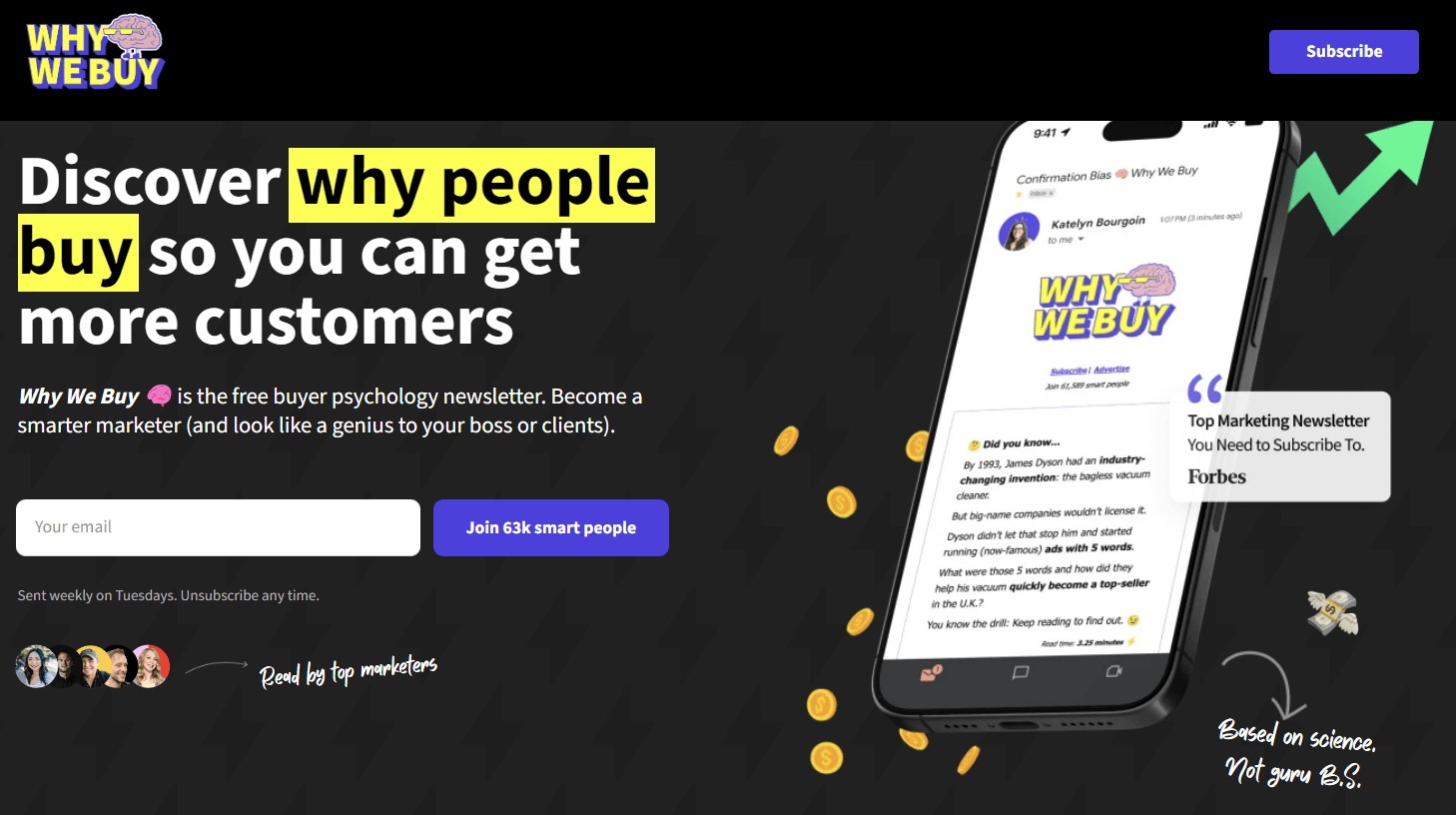How to get started with content marketing
Content marketing is a long game — so you shouldn’t expect immediate results. A sound strategy is another important point to keep in mind. You might be producing content but without defining who it’s for, which channels you will use for promotion and the results you want to achieve, it will lead nowhere. Let’s break down how you can hash out a content marketing strategy.
-
Define your target audience
What does your average customer look like? What are their interests, where do they hang out on the internet? Which kind of content they prefer to consume: text-based, videos, infographics? Most importantly: how is the content you craft help solve their problems?
Answers to these questions will give you a sense of direction. Asking your existing customers directly what content they prefer and why they like your product/service is the best way to do it. Conduct a survey via email, or even invite some customers for short interviews to get a better sense of how you can attract new buyers with content marketing. You can then create different marketing personas based on which of your readers prefer what.
-
Set clear goals and KPIs
You need to understand what you want to achieve and when. We are fans of a SMART goal-setting system. SMART stands for specific, measurable, achievable, relevant and time-bound. For example, increasing newsletter subscription rates by 10% by the end of fourth quarter. Vague goals like “increasing conversions” will only hurt your planning.
Depending on the stage of your buyer’s journey (top, middle, bottom of the funnel) there are different metrics you should keep an eye on to measure your content’s success.
These are pretty similar for top and middle-of-the-funnel content:
- Conversion rate
- Number of visitors
- Leads
- Time on page
- Bounce rate (for top of the funnel) or ROI (for middle of the funnel)
And a little more specific, business-oriented, for bottom-of-the-funnel content (stands to reason):
- Conversion rate
- Number of transactions
- ROI
-
Conduct a content audit
Look at the content you already have, whichever shape it might be in. Does it help or hurt the goals you’ve set? Is it valuable to your target audience, perhaps after a content refresh — if not in its current form? Don’t be afraid to get rid of outdated content that no longer aligns with your strategy: irrelevant content can actually hurt your search engine rankings.
You can also look at what your competitors are doing, review their content and its usefulness. If something works for them, it can also work for you, or at least give you a sense of direction. Just don’t blindly copy their ideas — we’ll expand on that point later.
-
Develop a content strategy
It will be based on your target audience and your goals. It will also be based on which stages of the buyer journey you need to fill. There are three main stages for the buyer we’ve outlined above: awareness, consideration and decision-making. These correspond with your content: it can be almost entirely educational for the first stage, more hands-on for the second, and very service-oriented for the third.
Developing a content strategy is also where you decide which type of content (e.g. text-based, video, etc.) you should and can produce. Think about the people you have on your team and which kind of content they can create — and how often.
-
Create a content calendar
It will help you and your team have peace of mind. Everyone will know what they have to do and by when. More importantly, it’s about setting expectations and meeting them when it comes to your customers. They will know when they can expect new content, on which channels, and plan when and how they’ll consume it.
We suggest using a project management tool of your choice as well — Asana, Trello, YouTrack, etc. This way you’ll be able to create tasks for your team and track their progress. Oh, and like we said, you shouldn’t expect immediate results when it comes to content marketing, so draft a content marketing plan for 3-6 months and stick to it.
-
Start creating and distributing content
Now you just have to go with the strategy and content calendar you’ve drafted. We imagine a lot of will revolve around the content you create for your website, so here are a few pointers:
- Make the content useful: again, with content marketing you demonstrate genuine concern for your audience’s issues — so the aim is to solve their problems.
- Draft original content: in other terms, deliver value your customers won’t find anywhere else. Google also loves unique content, so creating it will boost your rankings.
- Ensure your content is accurate and user-friendly: don’t mislead your customers — research your content before publishing and include links to relevant studies/opinions. And make your content easy to consume: break the text up with visuals and lists, make videos short and fun.
As for content distribution channels, these will slightly vary based on which stage of the buyer journey the content was created for. The following three channels can work equally well for all content:
- SEO (organic search): target the right keywords in your text-based content and Google will serve it up high up.
- Email: no one’s taking your email list from you, so reminding your customers you’ve produced something valuable is never a bad idea.
- Paid advertising: you can run ad campaigns on social media or using Google’s “sponsored” slots.
While these two channels would be better suited for top and middle-of-the-funnel content:
- Social media: once you know where your audience hangs out, target these channels — and don’t forget to repurpose content for each channel.
- Influencer marketing: partner up with people who can promote your product/service among their followers without straying too far from their personal brand, of course.













